Lesser-known ingredients, slow techniques, and forgotten recipes are the legacies their matriarchs left these home chefs
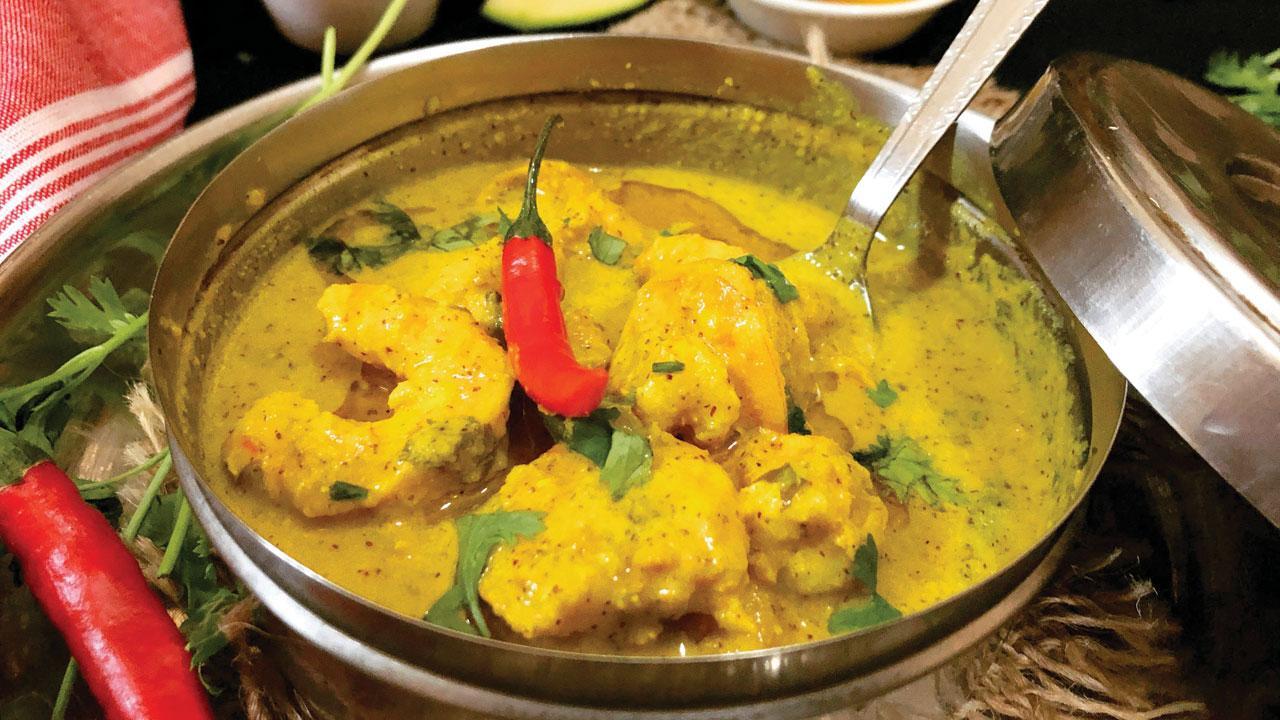
Aam Shorshe Chingri Bhapa
In Ray Bradbury’s 1957 book, Dandelion Wine, the young protagonist writes about witnessing the magic of his grandmother’s cooking: “Her hands then, like the hands of great grandma before her, were grandma’s mystery, delight, and life.” More recently, in Julia Child Rules: Lessons on Savouring Life, Karen Karbo says, “Behind every Michelin guide chef there was a woman, usually a four-foot cataract-ridden old granny from whom he’d filched his best recipes.”
ADVERTISEMENT
Bandra-based chef Smita Deo agrees, “Every recipe has a story to tell”, usually about the lineage of women who’ve passed down recipes, like gastronomical memories, generation after generation. “I’ve learned a lot about cooking from my grandmother, my mother, my kaki, my mother-in-law, and my husband’s grandmother.”
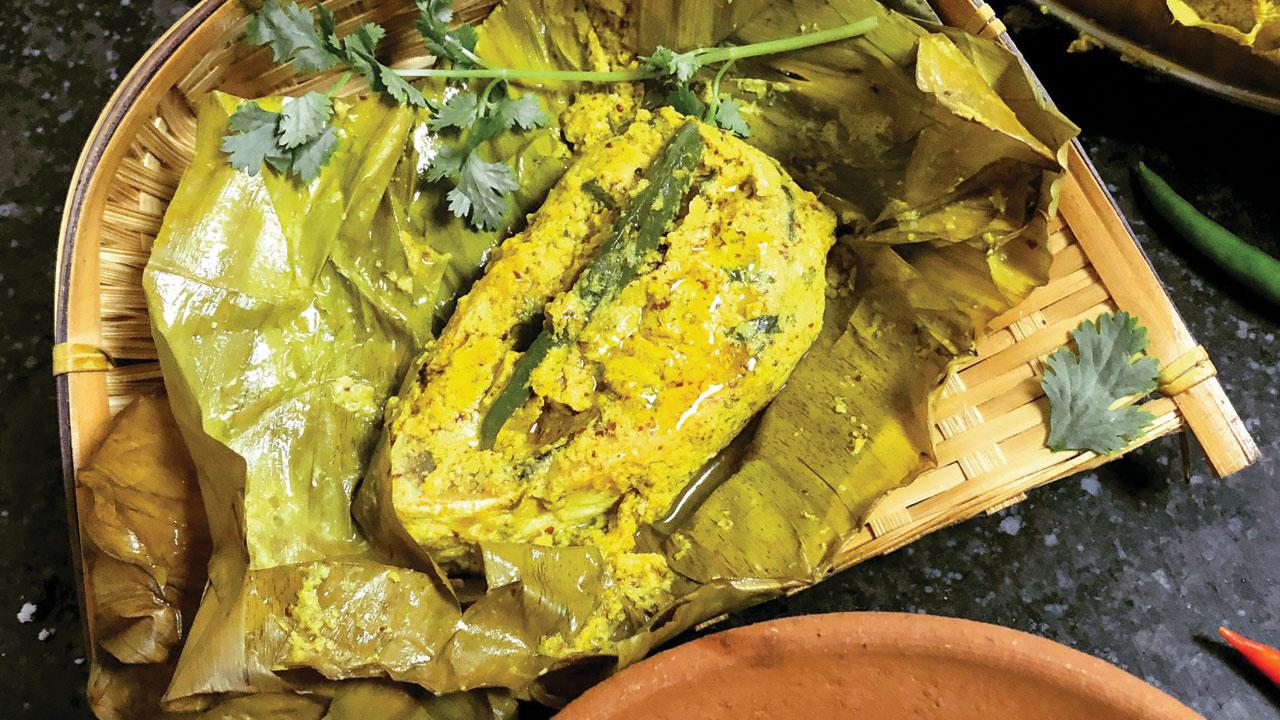
Illish Paturi
In her grandma’s native place in Aversa, a small village in north Karnataka, was a beautiful, rustic kitchen, and Deo’s fondest memory is plucking tender breadfruit with a sickle from the neighbour’s house to shallow-fry on a pan with turmeric, rava, and chilli powder, to make palapansa phodi. Another favourite was sweet, spicy, and khuskhusheet [crispy] rava bhakri, a pancake made of grated cucumber, coconut, ginger, and green chillies, which her grandmother would make for Monday fasts.
Food from north Karnataka is innately sattvic—there is very little use of garlic, onions and spices, and most of these recipes have found their way to Deo’s cookbook, From Karwar to Kolhapur Via Mumbai [Rs 1,000, Spenta Multimedia]. It blends food heritages from Karwar, from where she hails from, and Kolhapur, the native place of the family she married into. “Initially, I was surprised that Kolhapuri food did not have the exaggerated spicy character everyone talks about—just that the flavours were robust, more masaledar,” she says. “Also, they use dry coconut in abundance, compared to the fresh coconut we use back in Karnataka.”
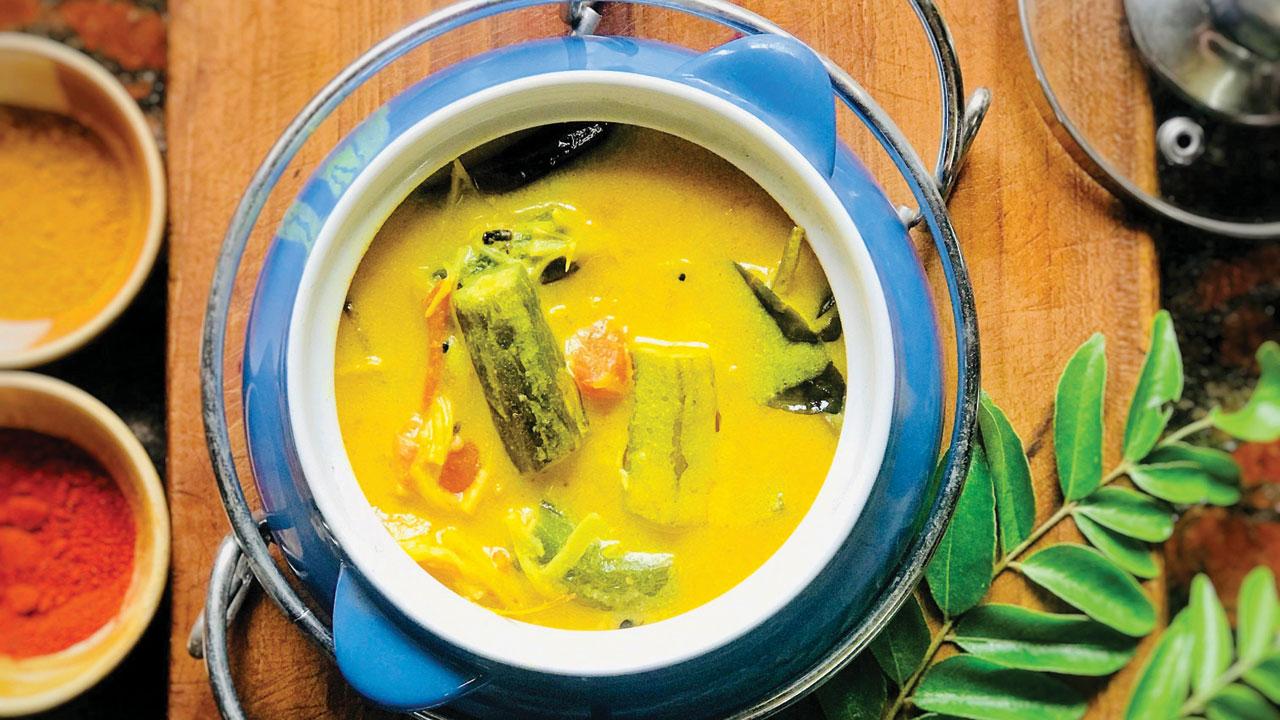
Bamboo Shoot Curry
Deo learnt to make kheemyache gole in pandhra rassa from her mother-in-law, who inherited the recipe from her mother. Mutton mince is seasoned with Kolhapuri masala, ginger-garlic paste, and chilli powder, shaped into lemon-sized balls and deep-fried in a wok. Coconut milk is added to the meatballs, and the dish is served with brown bhaat, a special rice grain from the region.
Chef Smrutisree Singh, a MasterChef season 6 finalist from Odisha, remembers her grandmother waking up at 4 AM and taking a bath before making kakhra pithas and monda pithas, which are fried or steamed rice flour balls containing a rich, sweet filling of coconut [much like modaks], and which date back to 1,200 BC, according to Singh. “The first meal of the day had to be an offering to God,” she says, “and it used to be cooked on a wooden chulha. Women wore a white sari with a red border during the month of Lakshmi Puja and made monda pithas to offer to the goddess. Only people from the household can eat it; married daughters or guests from another household were forbidden.” Singh received acclaim when she made them during her MasterChef rounds.
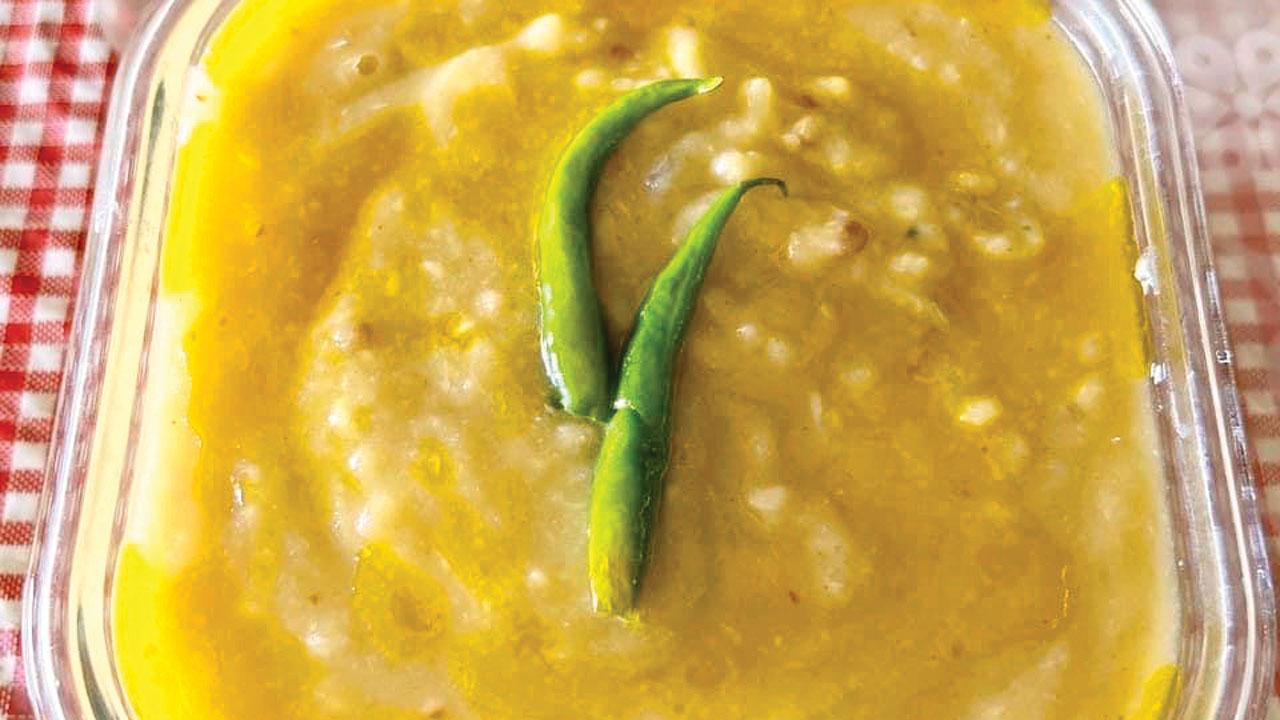
Dal Khar
Another dish imbued with the aroma of memory is ambil, or bamboo shoot curry. In Odia cuisine, several vegetables and curries are cooked using bamboo shoots, found abundantly in the state. Sharp and pungent, it brings together flavours of dried red chillies, curry leaves, ladyfingers, brinjal, and turmeric, and tastes earthy.
Assamese chef and documentary filmmaker Tahin Ojah recalls her kitchen garden in Guwahati, which was overrun with wild herbs, coriander, curry leaf plants, and fish mint. Her job was to pluck them for her grandmother or mother.
It was only when she moved away from Guwahati as a student that she realised how dear traditional Assamese food—a rarity in other parts of India—was to her heart. “Assamese cuisine uses a lot of herbs and leafy vegetables such as manimuni [Indian pennywort], a medicinal herb,” she says. “Some people also eat it as a salad or chutney. We wash the green leaves with curled up stems thoroughly and make a paste. Then we press the juice out from the grounded paste, strain it and drink it raw as a cure for upset stomachs. It is also used to make a curry in a garlic-onion-green chilli base. Rohu or katla fish is fried separately and added. Thick slices of potato or brinjal are added too.”
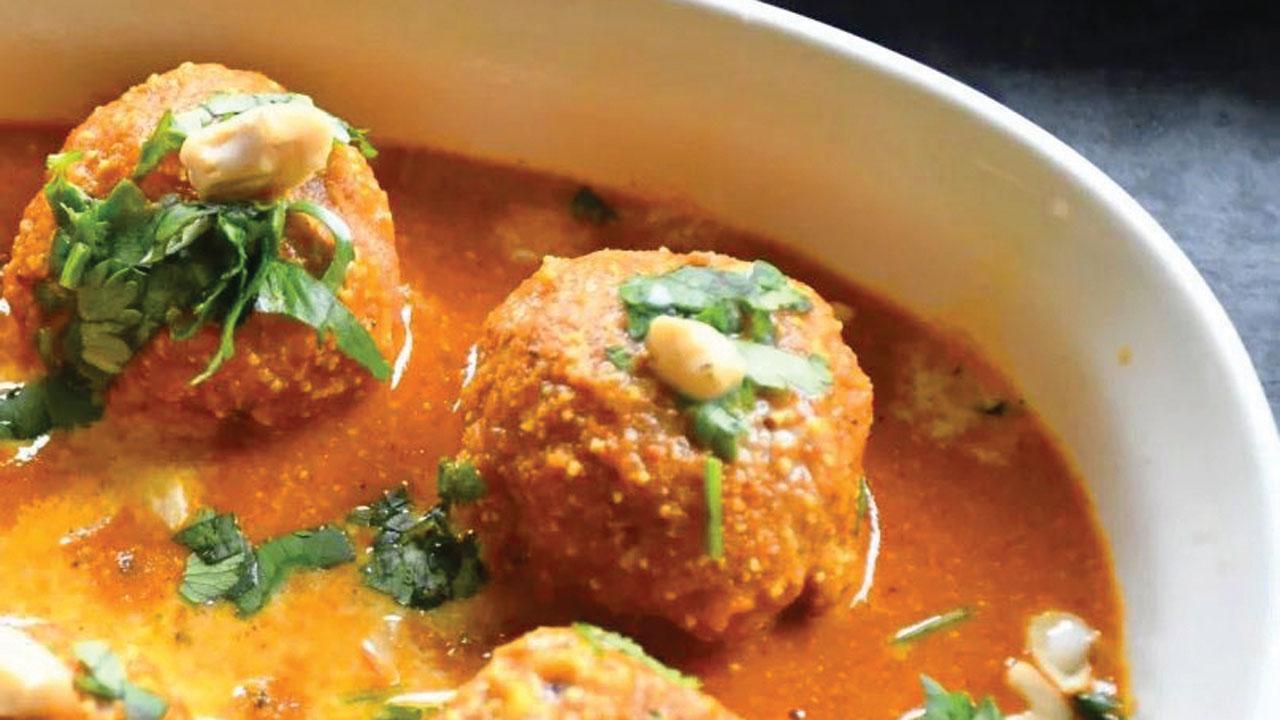 Home chef Aanchal Khanna’s family has a repertoire of family recipes, like lotus stem koftas, passed down from her nani and dadi
Home chef Aanchal Khanna’s family has a repertoire of family recipes, like lotus stem koftas, passed down from her nani and dadi
Every meal starts with khar, a palate cleanser made of raw papaya. It is sometimes made with jackfruit seeds or cucumber too. The peel of the banana [a special type called the athiya kol] is sundried and then burned until it turns into ash. These ashes are immersed in water, which is then strained to become khar.
“Khar is a dark brown liquid that is added to a vegetable or sometimes even parts of fish and meat is cooked in it,” says Ojah. “Once you add this dark brown liquid to any of the above ingredients, the dish is called khar. We eat it with rice, and end our meal with a sour tomato curry, made either of fish or for vegetarians, masoor dal vadas.”
Amla dal, she adds, is another hyper-local dish made by boiling masoor dal and amlas separately, then adding a tadka of mustard seeds and a whole green chilli. “It’s a simple but wholesome dish,” Ojah says, especially when eaten with aloo bhaji, her favourite combination.
 Rava bhakri reminds Chef Smita Deo of her grandmother’s cooking back in Aversa, north Karnataka
Rava bhakri reminds Chef Smita Deo of her grandmother’s cooking back in Aversa, north Karnataka
Home chef Aanchal Khanna, who runs the food delivery service The Pickled Story, shares a similar deep respect for culinary lineage and the women in her family. “The love for food runs in our blood,” says the Kanjurmarg resident, “My grandfather, who migrated from Lahore to Amritsar brought a love for food with him. My nani, Chanchal Soni and dadi, Kamla Khanna, viewed food as something that satisfies the soul and not just one’s hunger pangs. Dadi’s Aamb di Mahani, a sweet-and-sour curry made by blending raw mangoes with spices, was our favourite. Nani made the same curry with imli. Nani also taught me her adrak ke sabzi and ‘stone dumplings’ or Amritsari vadi, which is made during summer. Dumplings of urad dal are sun-dried to enhance flavours. They can be stored round-the-year and even used in curries.”

Her family’s culinary speciality has been pickles—kachalu and baigan pickle, a pungent, flavourful pickle made of the taro root and brinjal, and pickled with as many as 18 to 20 spices in mustard oil. “The spices are a family secret, and it’s a lost recipe which our family has retained,” she says with justifiable pride. “Right from picking the right brinjal, to getting a specific type of taro, it’s a tedious process. You only get taro in some markets in Chembur and Mulund.” Made with long brinjals, the taro has to be cut in semi-circles and boiled for a specific amount of time to achieve the perfect consistency—otherwise, it’ll be either too firm or too mushy. “Pickles, if done right and stored well, can last for a long time—one of them lasted six years,” she claims.
Another family tradition is lotus stem koftas, which have a very nutty, earthy taste. The stems have to be so fresh that there’s still mud clinging to them; that’s when they absorb spices best—a mix of fennel, dried coriander powder, red chilli powder, turmeric powder, amchur powder, ajwain, and garam masala. They are kept overnight in a bucket of water to soften and then boiled the next day. “Traditionally, they were mashed on a grinding stone, so that the fineness of the consistency could be controlled. Then besan is added for binding, balls are shaped and the koftas are deep-fried before being added to a tomato and onion gravy,” she says.
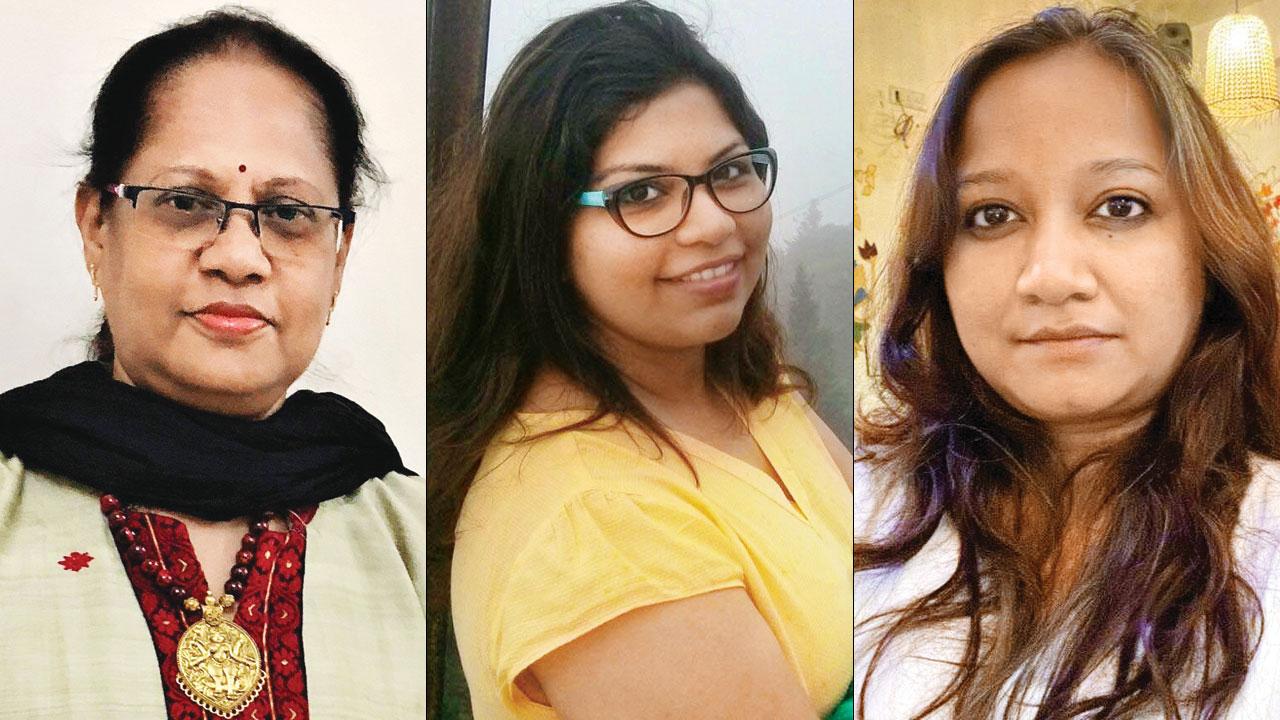
Bethica Das, Aanchal Khanna and Tahin Ojah
Bethica Das, a Sharjah-based home chef, associates her mother’s cooking with aam shorshe chingri bhapa, a Bengali dish made of raw mango and mustard paste. “It is made by grinding mustard to a paste with curd, turmeric powder, coconut, raw mango, and green chillies,” she tells us, “A few poppy seeds and a dash of mustard oil are added for good measure. Prawns are marinated in this paste and steamed in a steel tiffin box. It goes well with steamed rice,” says Das. Ilish or hilsa fish can also be used.
Most of the 1,800 recipes on her blog stem from her experiences growing up in her Bengali household, where the food tasted of the traditional panch phoran [five spices]. Her childhood home in Hyderabad had bottle gourd trees and pumpkin vines in the courtyard, and her mother would use the entire bottle gourd to create a flavourful, pungent chutney, called bata. The dudhi and banana peels were ground with green chillies and garlic, and sautéed in oil and served with hot rice.
Pakoras made out of vegetable peels were a hit too. “She used to store them away in the fridge while cooking in the morning,” Das remembers, “and take them out in the evening, mix them with besan, onions, green chillies, and a few spices, and deep fry them. Or she’d make a dish out of the bottle gourd or pumpkin leaves.”
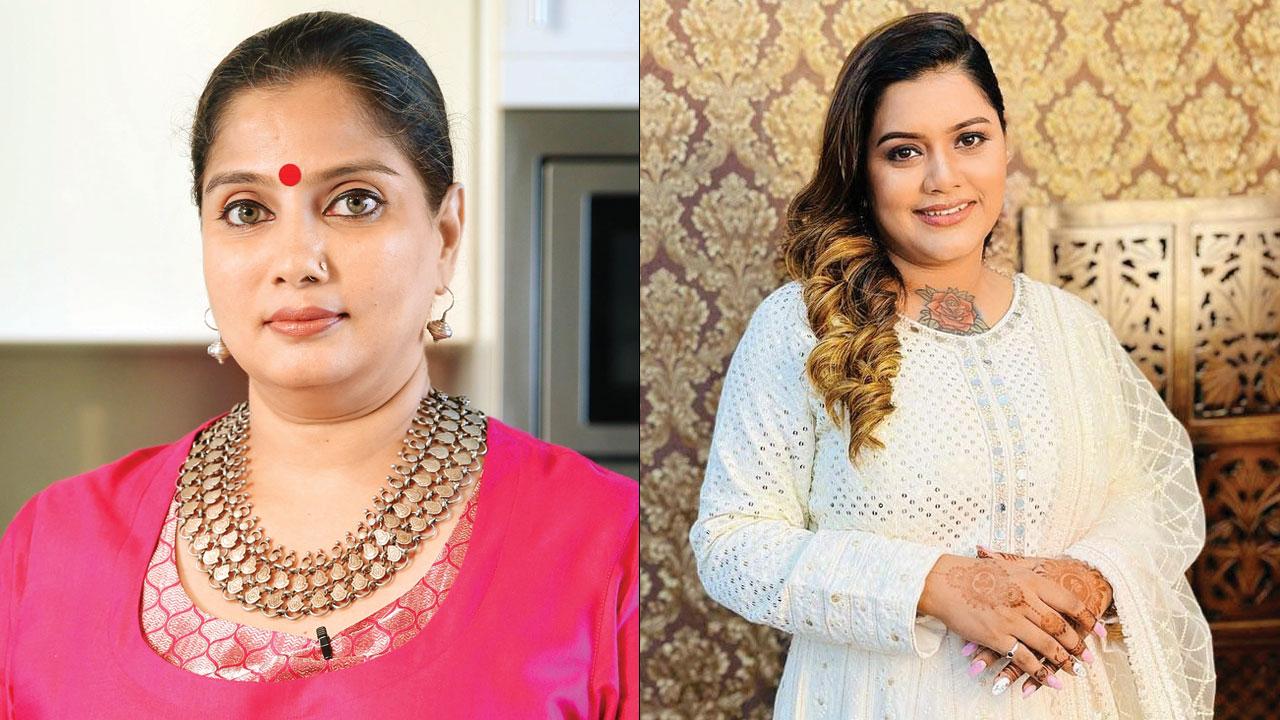
Smita Deo and Smrutisree Singh
Memories comprise much of the conversation about food, as these chefs attest, and passing down culinary heritage is another way of preserving these memories. “I want to keep the essence of my childhood and Odia culture alive,” Singh says. While for Khanna, it is a mission to “take her nani’s and dadi’s recipes to the world.”
 Subscribe today by clicking the link and stay updated with the latest news!" Click here!
Subscribe today by clicking the link and stay updated with the latest news!" Click here!







